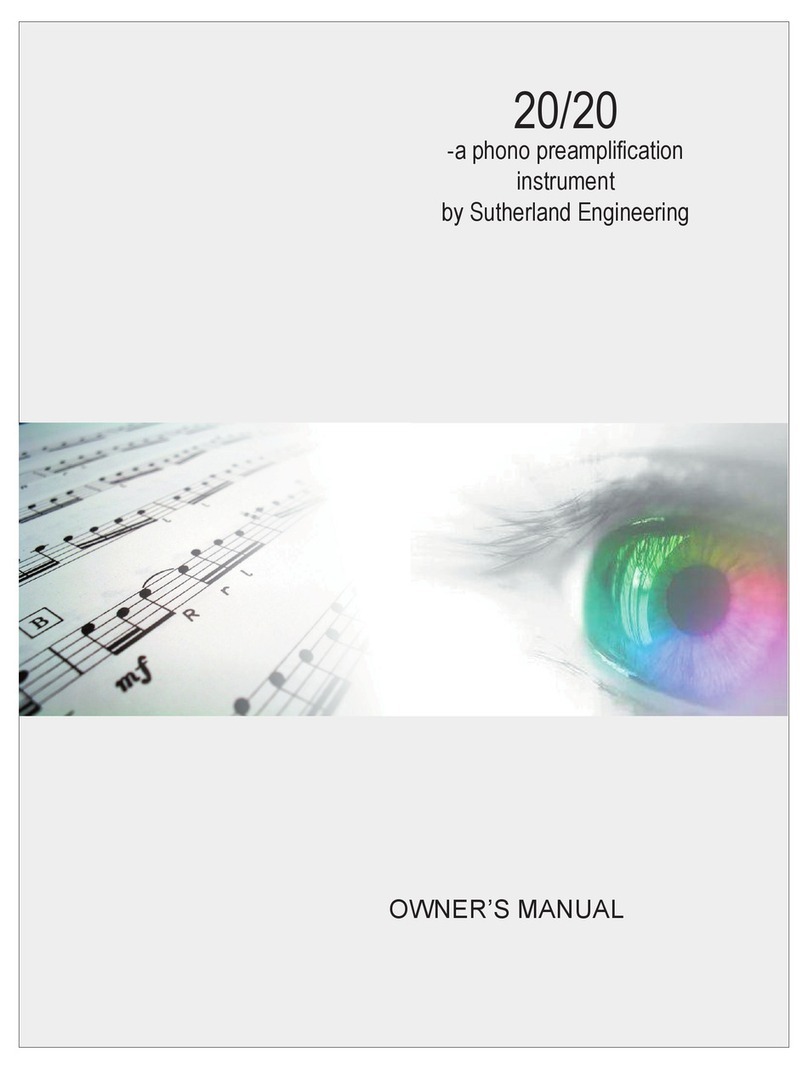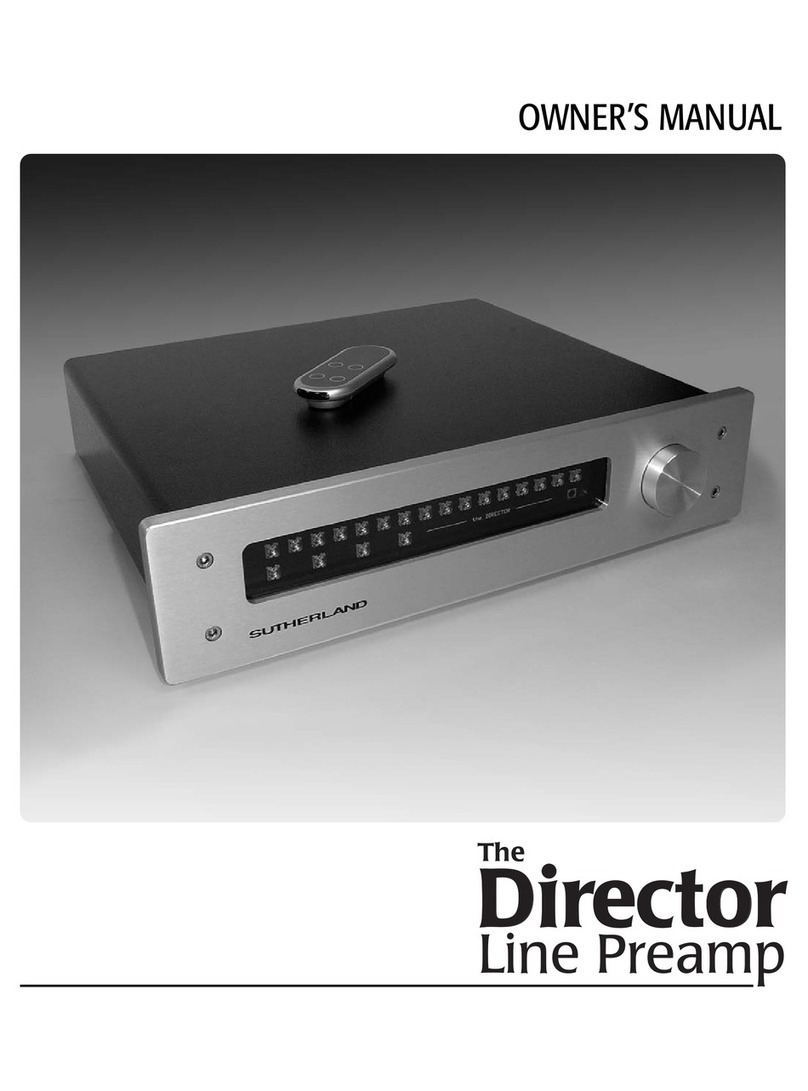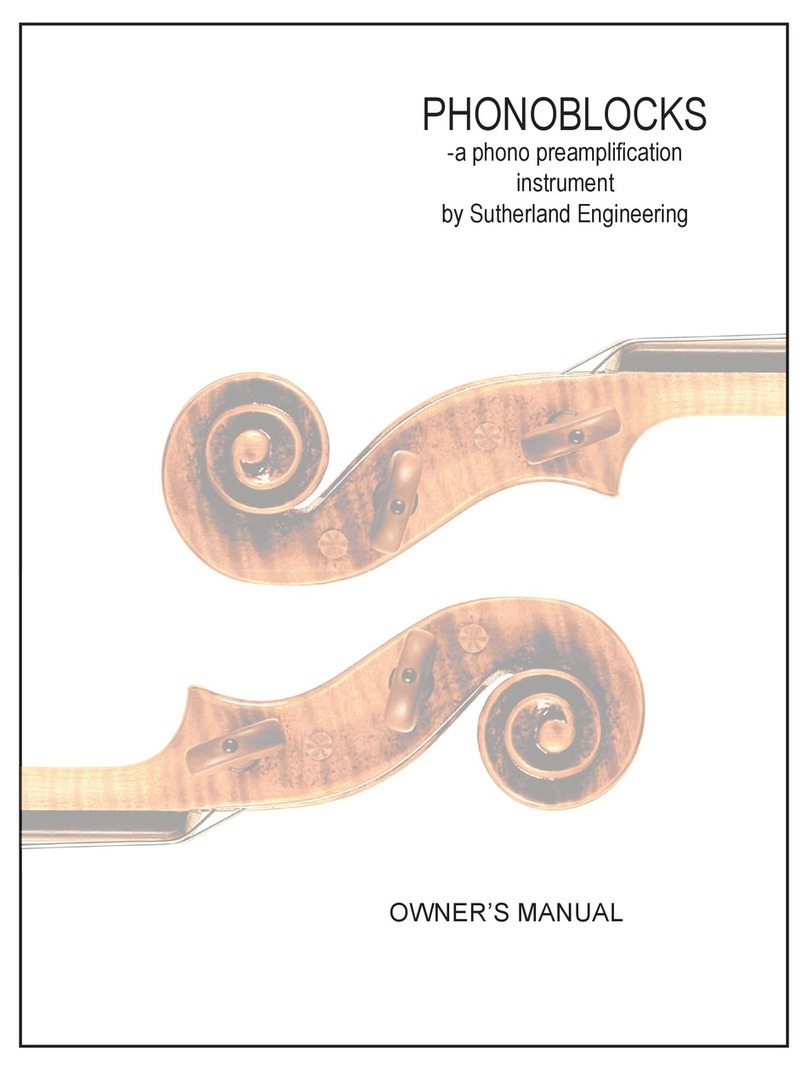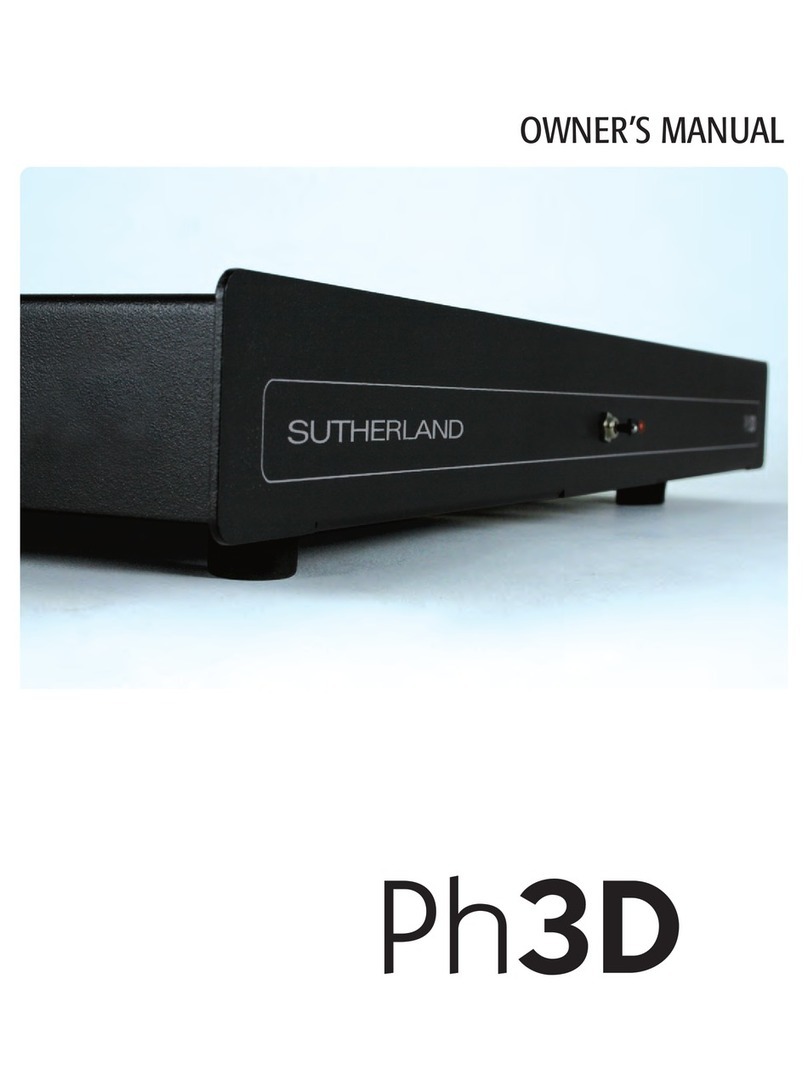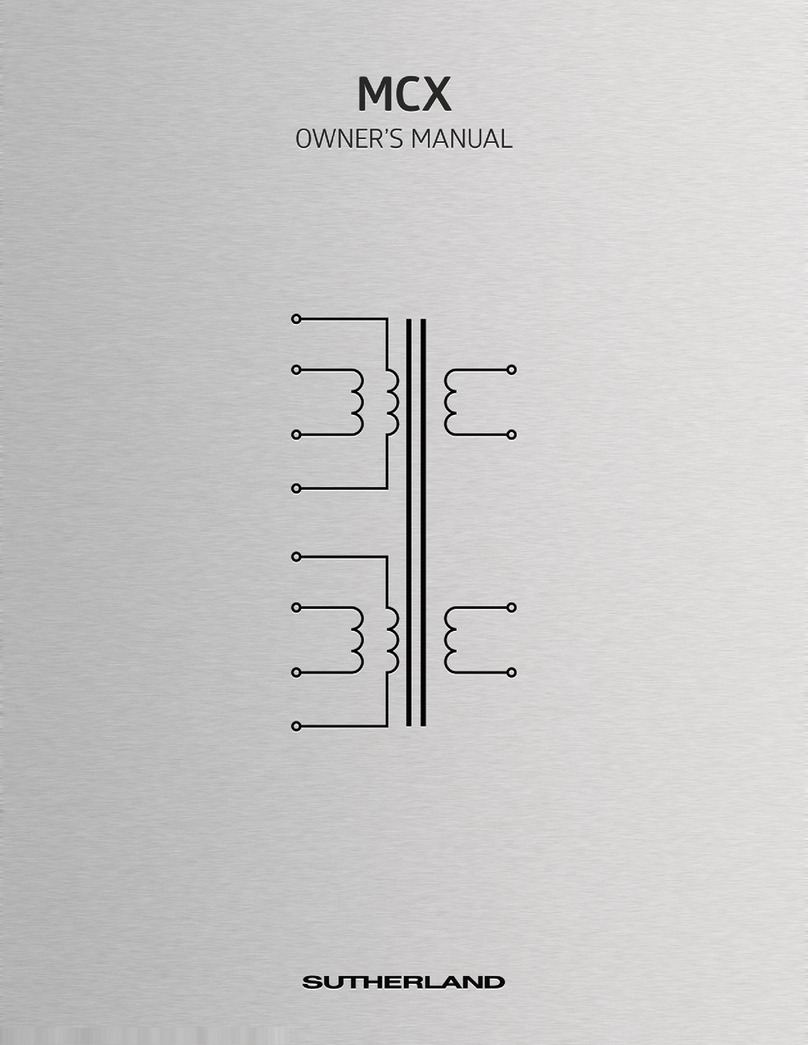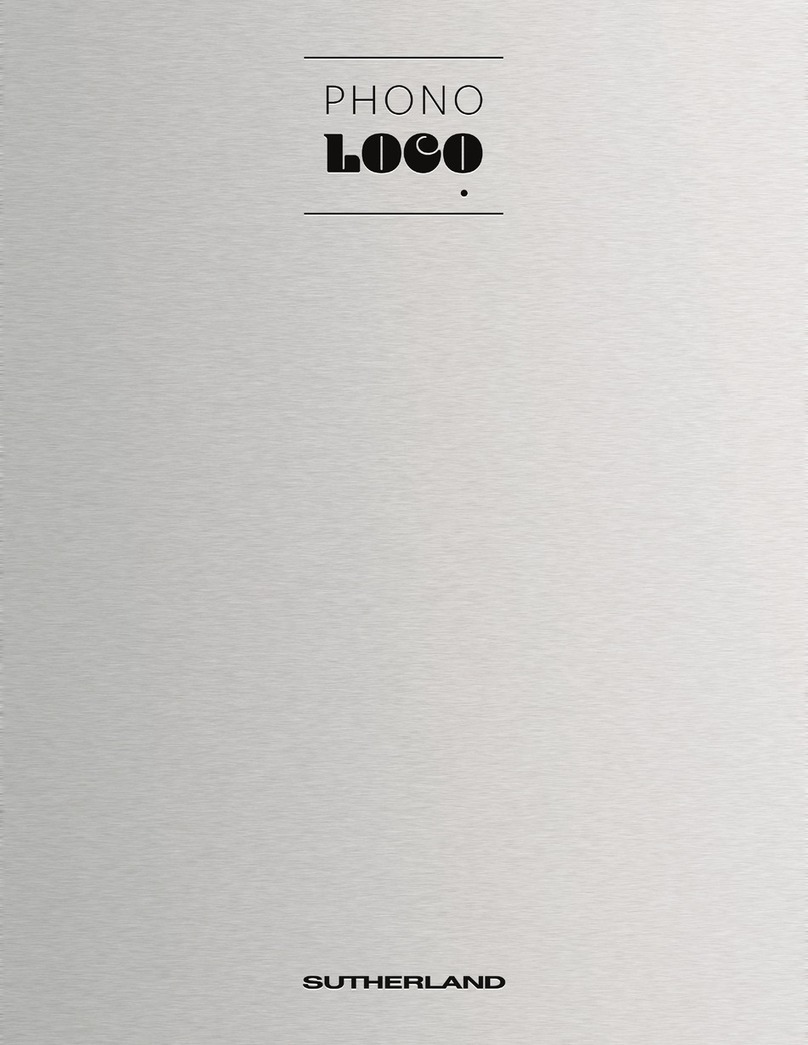
DESIGN PHILOSOPHY
A Blank Sheet of Paper...a perfect beginning
A new product is a new opportunity for perfection. With perfection as the goal, the Hubble started
with the only absolute, perfect beginning – a blank sheet of paper. Each element added to the perfect
start was meticulously scrutinized and evaluated before its inclusion. To avoid clutter in general, and
especially in the signal path, only essential ‘must have’ elements were allowed on the list.
Unlike conventional products, the design of the Hubble is not driven by the insatiable quest for a
longer list of more features. Absolutely nothing superfluous is permitted into the signal path. Simplic-
ity of the signal path is the guiding principle. That rule is followed in an uncompromising, disciplined
way.
MUST HAVE A POWER SOURCE
The fundamental, bedrock requirement for revealing more detail is to create an environment well re-
moved from back ground noise and interference. Any compromises in creating that isolated working
environment will leave details hidden in a foggy, cluttered back ground.
The Hubble phono preamplifier uses a self-contained battery pack to create the optimally quiet back
drop. It puts the greatest possible distance between the sensitive gain stages and the contaminating
influence of noisy AC power lines. Within that technically correct environment, audiophile circuitry con-
veys a more involving, more focused experience.
The Hubble uses a power pack of 16 alkaline ‘D’ cell batteries. They have a very long life, are read-
ily available anywhere in the world and are inexpensive to replace. They also completely remove the
Hubble from the AC power line and avoid any possibility of power line ‘ground loops’.
In addition to isolation from the AC power line, the power source must be very robust in its ability to pro-
vide current to the amplifier stages. Current draw can vary with the musical signal. The power source
must remain solidly unaffected by those changing demands. Batteries alone do not satisfy that require-
ment. They are too far from the amplifier circuits and their internal impedance cannot be depended
on. Instead, they are used to keep banks of storage capacitors charged. Each mono preamplifier
board has it own bank of sixteen 1200 microfarad capacitors. The capacitors were selected for their
low equivalent-series-resistance at all frequencies. Putting sixteen capacitors in parallel reduces the
already low E.S.R. by an additional factor of 16. They are conservatively rated for long life operation at
temperatures up to 105 C. Each channel thus has it own 19,200 microfarads of capacitance available
for a rock-solid power source – located very near the actual amplifier circuitry.
MUST HAVE STEREO SEPARATION
A sense of space and dimensionality is conveyed by the difference in the left and right channel informa-
tion. To preserve those auditory clues, each channel must be isolated from the other and not spill over.
That is why ‘dual mono’ is such a popular marketing term.
Dual mono implies that each channel of a stereo signal goes thru an identical signal path. Identical is
